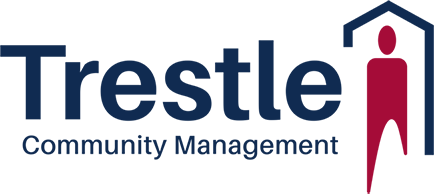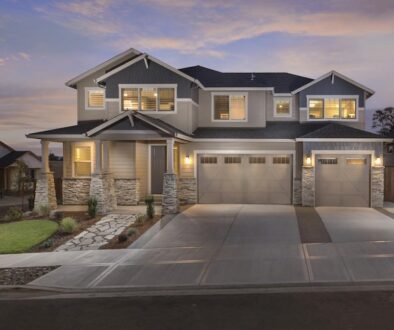Understanding HOA and Condo Reserve Studies
Community Associations, including Homeowner and Condominium Associations, are responsible for the maintenance and repair of Common Elements such as roofs, elevators, and HVAC systems. Reserve studies are a planning tool used by Community Associations to budget for and plan the long-term repair and replacement of these elements. In Washington State, Community Associations are required by law to conduct reserve studies annually, with a comprehensive site-visit study performed at least once every three years.

A reserve study is a thorough analysis of the Association’s Common Elements, their remaining useful life, and the estimated cost to repair or replace them. Common Elements are shared property owned by all Members of the Community Association and are maintained and repaired by the Association as shared expense. The study also includes a funding plan to ensure that there will be sufficient funds available to pay for those repairs and replacements when they become necessary. Reserve studies are typically conducted by qualified reserve study professionals.
The reserve study process begins with an inventory of the Association’s Common Elements. This inventory includes a detailed description of each element, its age, condition, and estimated remaining useful life. The reserve study preparer will also gather data on the materials and construction methods used for each element, as well as any maintenance records that are available.
Once the inventory has been completed, they will estimate the remaining useful life of each element based on its age, condition, and other factors. This estimate will take into account any anticipated changes in technology, building codes, or environmental regulations that could affect the useful life of the element. They will also estimate the cost to repair or replace each element including the cost of materials, labor, permits, and other expenses associated with the repair or replacement.
After estimating the remaining useful life and replacement cost of each Common Element, they will develop a funding plan to ensure that there will be sufficient funds available to pay for those repairs and replacements when they become necessary. The funding plan includes an estimate of the annual contributions needed to the reserve fund, based on the estimated remaining useful life and replacement cost of each element.
In addition to conducting reserve studies, Community Associations in Washington state are required to disclose information about their reserve funds in their annual budgets. The budget must include the amount of funds allocated to the reserve fund, as well as any special assessments that will be needed to fund upcoming repairs or replacements.
The reserve study report is an important tool for Community Associations as it helps them plan for the long-term maintenance and repair of their Common Elements and ensure that there will be sufficient funds available to pay for those repairs and replacements when they become necessary. Community Associations should work with qualified reserve study professionals to conduct their reserve studies and use the information in the report to develop their annual budgets and communicate with Association Members about the need for funding.
It is important for Homeowners to understand the important role reserve studies play in Community maintenance and budgeting. Your Association’s most recent reserve study can be found on Trestle’s My-Community Web Portal or by contacting your Community Association Manager.
Connecting with Trestle
Trestle regularly connects on LinkedIn, Facebook, and Twitter, and can be contacted through its website or at (425) 454-6404.



